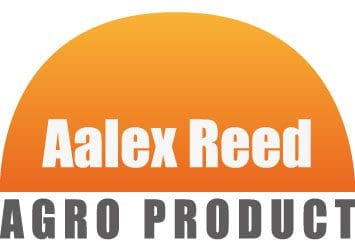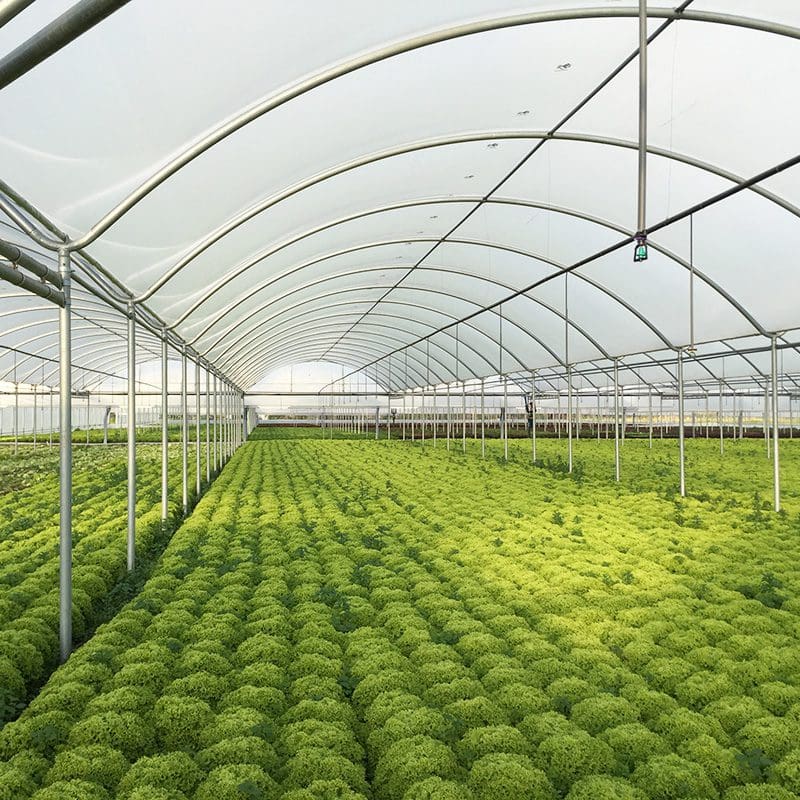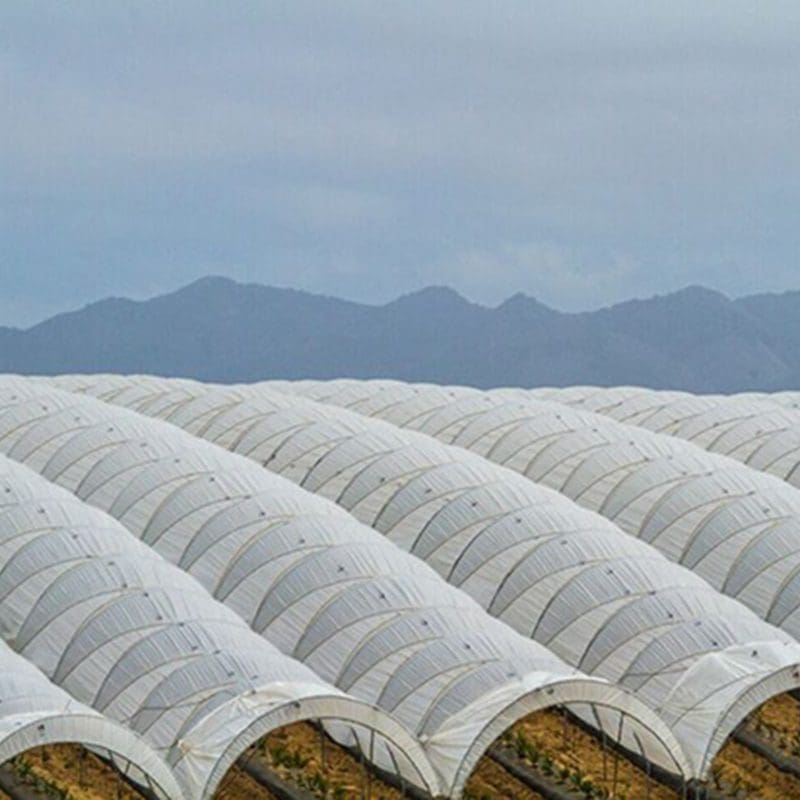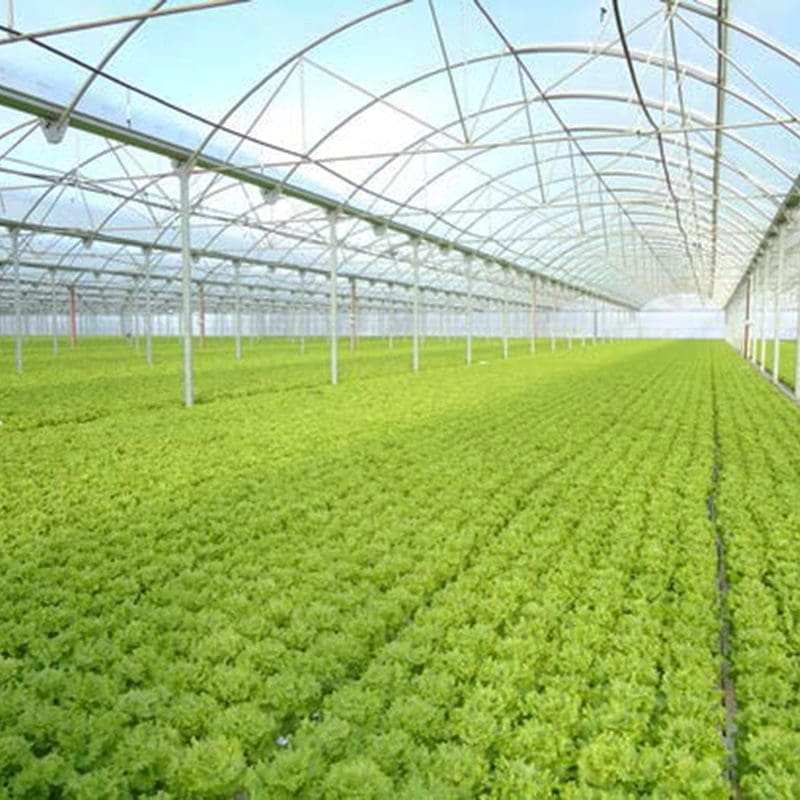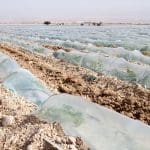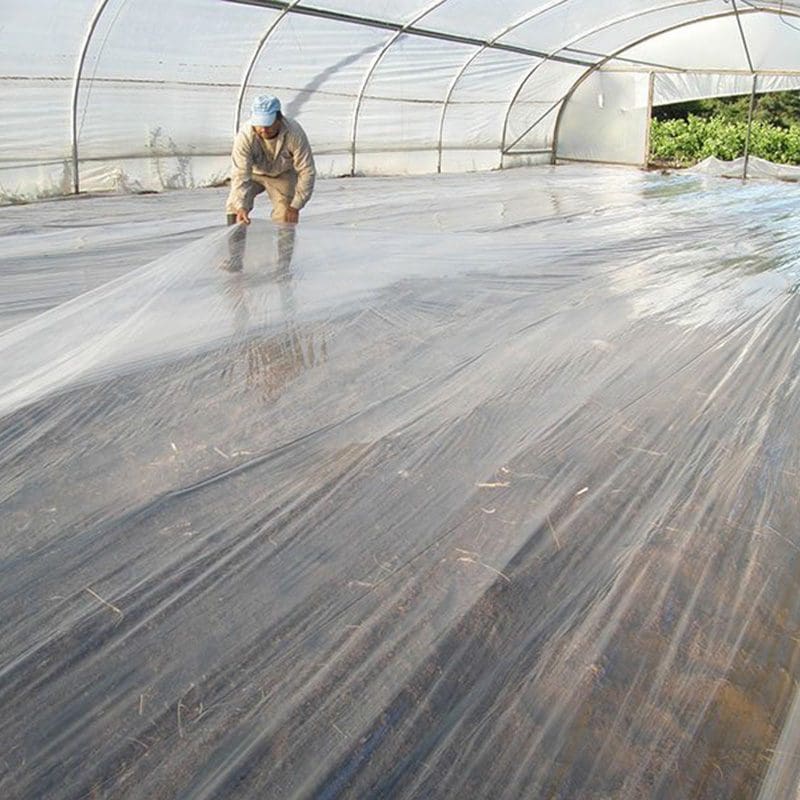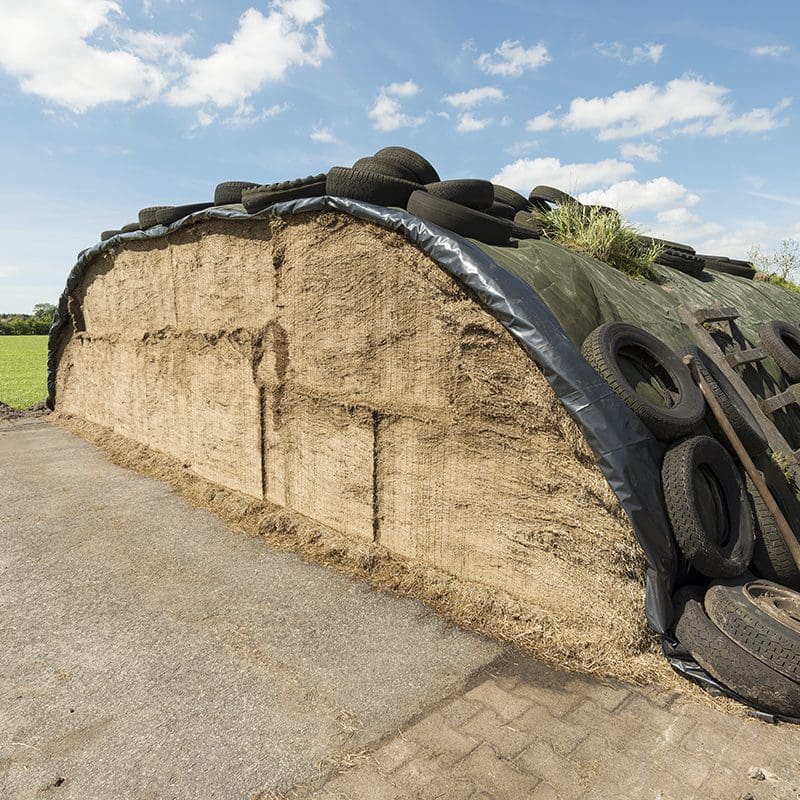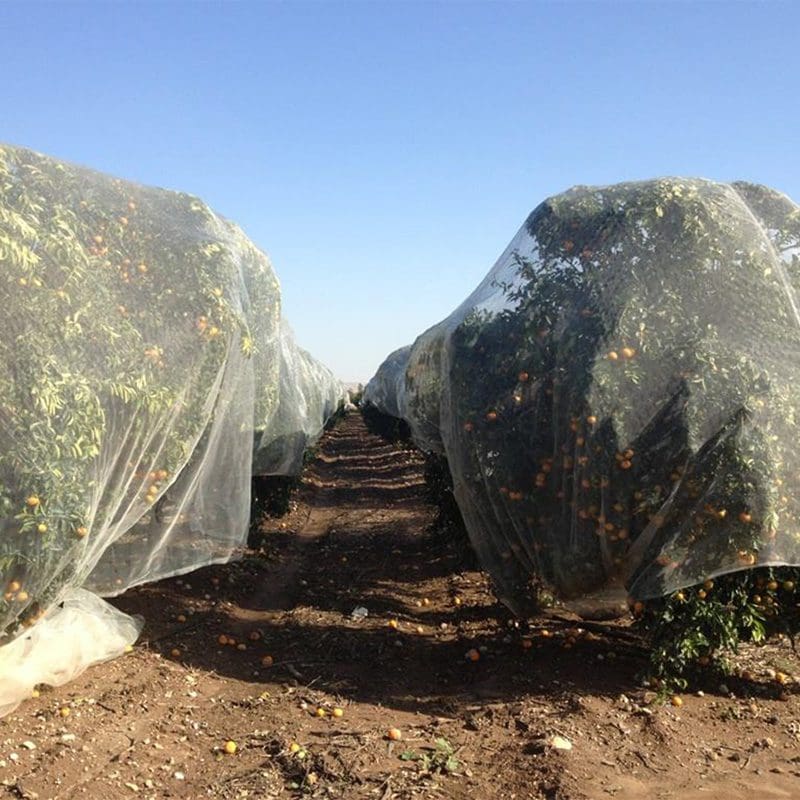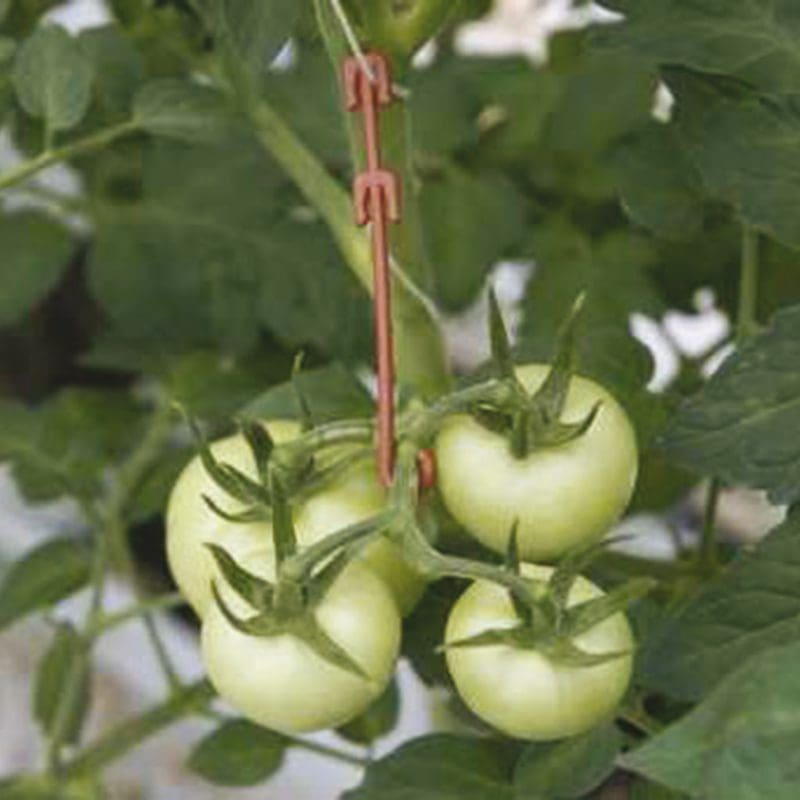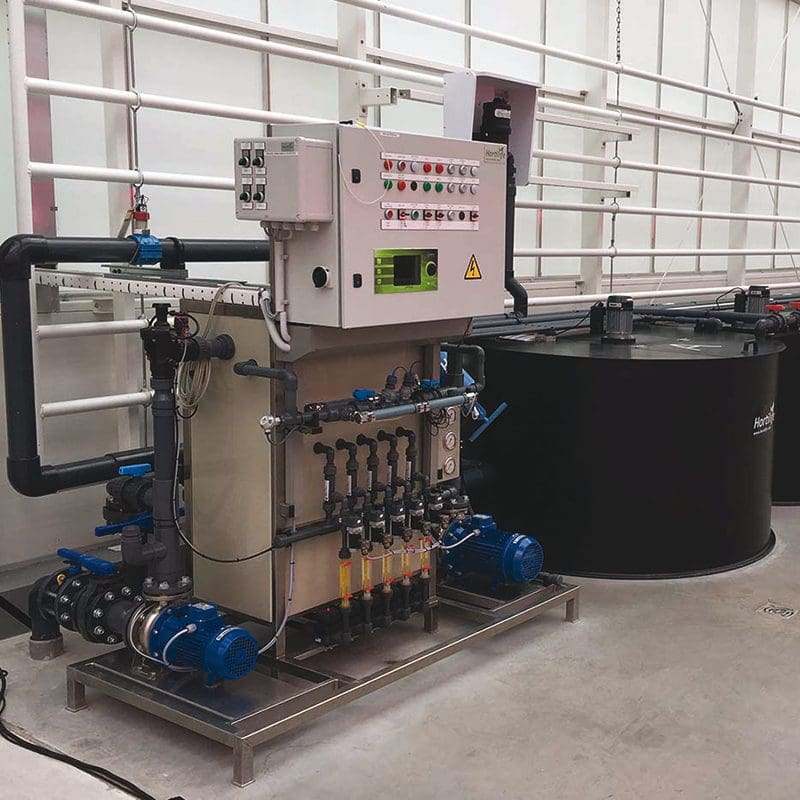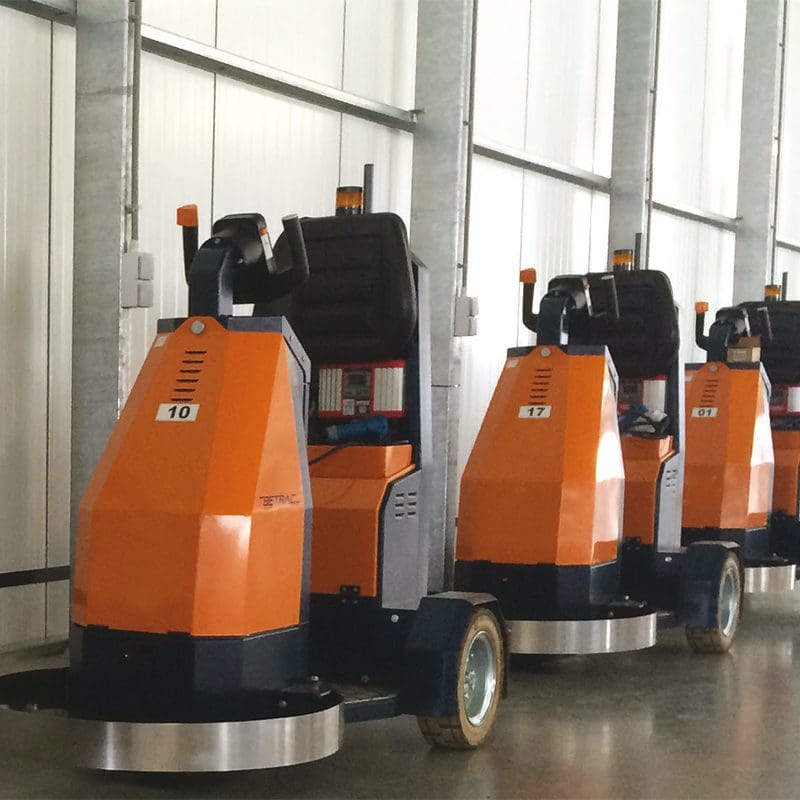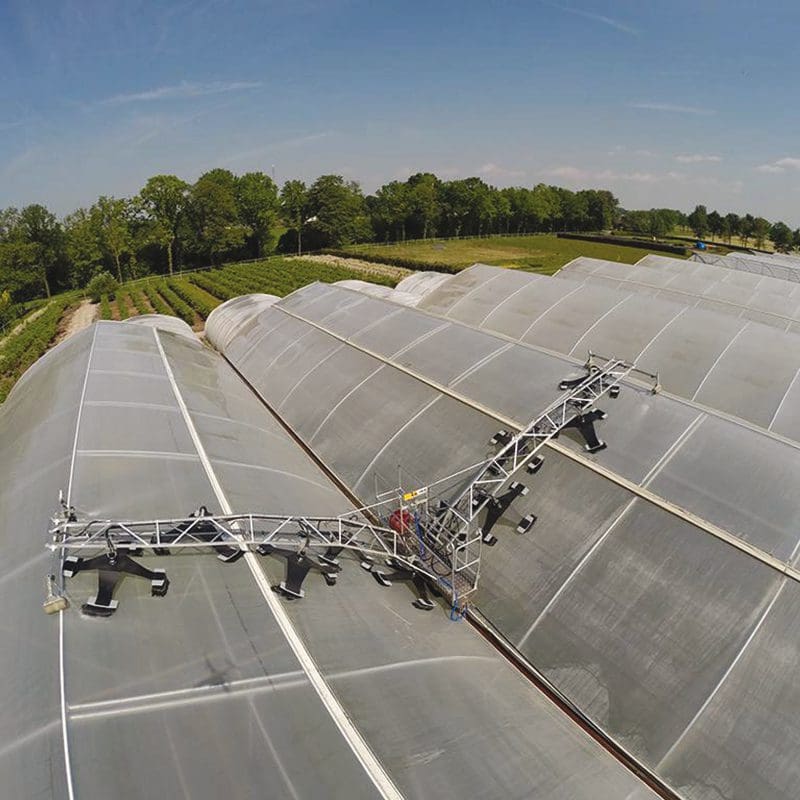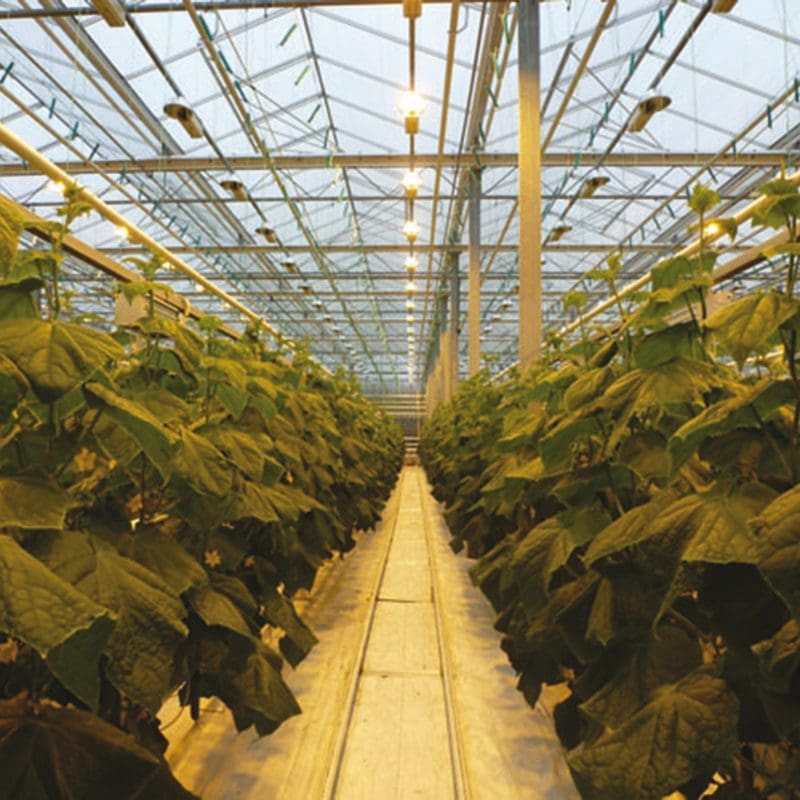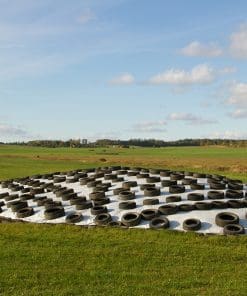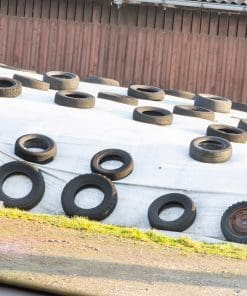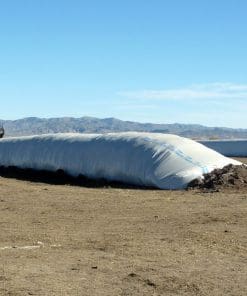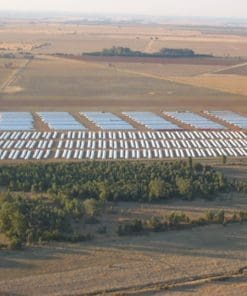Silage
Silage
Silage solutions
What is Silage? For animal feed, silage refers to chopped forage plants such corn (maize), legumes, and grasses that are kept in pits, tower silos, or trenches. Forage, like hay, should be gathered before the crop reaches maturity because as it matures, the amount of protein falls and the amount of fiber increases. In order to ensure proper packing and the removal of air from the chopped material mass, the green material should be chopped fine enough. Compaction and air exclusion are made easier when the ensiled material has a high moisture content. But too much moisture (more than 70%) seeps out and takes important nutrients with it.
The fermentation processes in the silo that result in the highest-quality silage may potentially be hampered by excessive moisture. In ideal storage circumstances, silage ferments. The fermentation processes in the silo that result in the highest-quality silage may potentially be hampered by excessive moisture. It can be kept for several months and ferments somewhat when stored properly.
Pros and Cons
Advantages
- Silage can be harvested in almost any weather conditions.
- Lower dry matter loss during harvesting means higher outputs of nutrients per acre.
- Permits the use of a wider range of crops than other forage systems.
- Can salvage crops damaged by hail, frost and high weed content.
- Large quantities of uniform quality feed can be stored.
- Palatability can sometimes be improved in crops such as sweet clover.
- Handling is mechanized from the field to feed trough.
Disadvantages
- Requires more labour and time than hay.
- Has an odor that may be offensive if stored near populated areas.
- Capital investment required for storage facilities, forage harvester.
- Has limited market potential. Long distance transportation is inefficient because silage is heavy and deteriorates with exposure to air.
